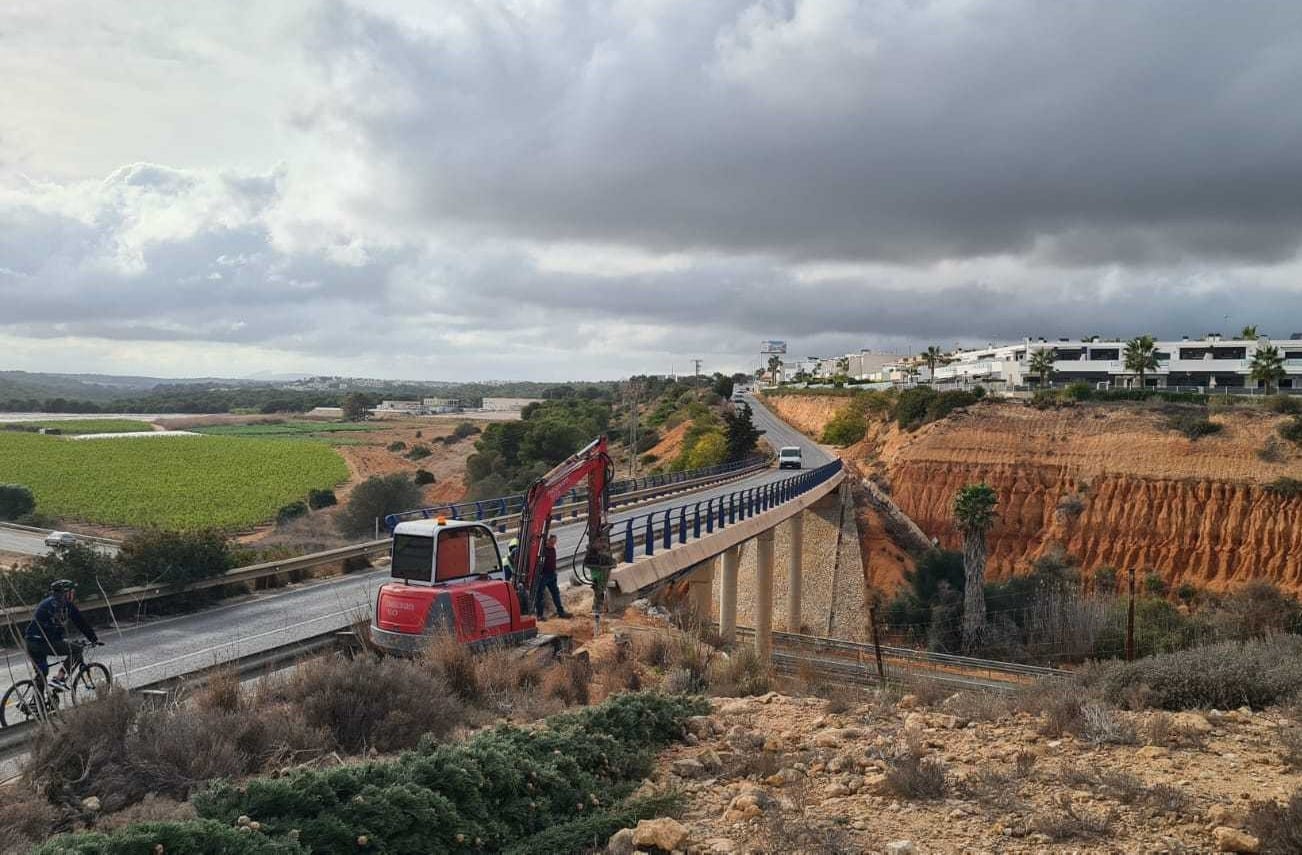Further Bureaucratic Delays Hit Orihuela Costa’s Flagship Project: The Pedestrian and Cycle Bridge Over the AP-7
By Staff Reporter
Copyright theleader

The much-anticipated pedestrian and cycle bridge over the AP-7 motorway in Lomas de Cabo Roig—a long-standing demand from residents—remains stalled despite being touted as one of Orihuela Costa’s flagship infrastructure projects.
Nearly six months have now passed since the tender for drafting the project was launched, yet no contractor has been formally awarded the work. City officials say the adjudication will happen “soon.”
The project was one of the cornerstone promises of Orihuela’s mayor, Pepe Vegara, during his election campaign, and was announced as one of the first major investments in the municipality’s 2024 budget.
What Comes NextOnce a contractor is chosen, the firm will have four months to produce and deliver the final project plans, unless it offers a shorter timeline. After that, the proposal must be reviewed and approved by Alicante’s Highways Department (part of Spain’s Ministry of Transport), which could submit objections.
Only after approval can construction be put out to tender. Given the project’s estimated cost of over €1.3 million, awarding the contract for the works could take between nine months and a year. If everything proceeds without further delays, work might not begin until late 2026 or early 2027. The construction itself is expected to take around five months, though the final schedule will only be clear once the tender is published.
Local residents’ association Unidos por la Costa has warned that the bridge risks not being completed before the next municipal elections. Under Spanish electoral law, public works cannot be inaugurated during campaign season, which could push the project even further back.
Why the Bridge MattersThe bridge will connect Calle Creus and the San Miguel road, providing a safe crossing for pedestrians and cyclists over the AP-7. At present, the only link between residential developments such as Lomas de Cabo Roig, La Cuerda, and Lomas de Golf with the beaches, health center, pharmacy, and local shops is a narrow bridge designed for vehicles.
The existing bridge has just one lane in each direction and no pavement. Pedestrians are forced to walk along a thin roadside strip barely 40 centimetres wide, much of which is overgrown by plants and weeds and which is putting their safety at constant risk. Neither is there any lighting for the area making it even more dangerous to pedestrians.
The new design foresees a mixed-use pedestrian and cycle path:
At least 1.8 meters wide for pedestrians
2.5 meters wide for a two-way cycling lane
LED street lighting designed specifically for pedestrian and cyclist use
An architectural design consistent with the surrounding urban environment
A 20-Year WaitPlans for a pedestrian link date back more than two decades. When the Lomas de Cabo Roig sector was developed in 2004, the urban developer deposited a financial guarantee with Bancaja (now Bankia) to cover public works, including the promised bridge. While other parts of the development were completed, the pedestrian bridge was never built.
The Orihuela City Council has not renounced the guarantee, which remains tied up in ongoing legal proceedings.
For now, residents continue to wait—and walk dangerously along the narrow roadside—while the promised “priority project” inches forward at a bureaucratic snail’s pace.



